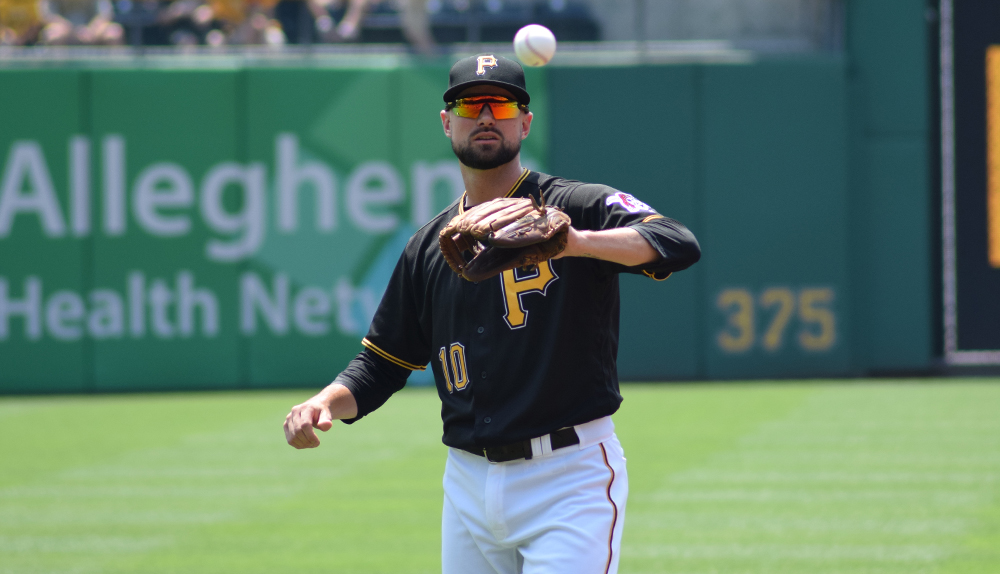
Gausman to the Pirates?
(Photo:
Keith Allison)
During the All-Star break, Manny Machado was traded to the Dodgers for a solid package of prospects led by Yusniel Diaz. Last night, longtime closer Zach Britton was shipped off to the Yankees for Dillon Tate and some other interesting names. Both moves were obviously made with a view to the Orioles’ future.
Both moves were also inevitable, though — and, in a way, easy. It doesn’t take a fancypants scientist to figure out that trading terrific players who’re headed to free agency is a smart thing to do; us regular-pantsed folks can see that for ourselves. Now, though, there are harder decisions to make, other players to give away, if the Orioles are going to embrace a full rebuild. Complicating this is an organization that has shown a tendency to balk at hard decisions and put off future plans, preferring instead to tread water with the least aggressive quarter-measures available. In this case, however, action is required.
Unfortunately, we can’t just waltz into the B&O Warehouse and start trading away Orioles. Seriously, I double-checked what my credentials will permit. No, we may have to seize the team by force. Let’s presume that our dark FanGraphs forces can seize the corporate offices successfully — we do have a particular expertise involving WAR — and gain control of the franchise. It wouldn’t be the first war lost by the Angelos family, and Sheryl Ring can draft some paperwork to make this nice and legal. We have to be quick, though, before we all end up in jail. So let’s start the sale.
Kevin Gausman to the Pittsburgh Pirates
It seems a little too easy to sell Kevin Gausman to the Chicago Cubs and, really, at this point, I’m tired of Orioles pitchers going to Chicago and experiencing a renaissance. Jake Arrieta is the most noted example, but the Cubs squeezed significant value out of Jason Hammel, Pedro Strop, and even Tsuyoshi Wada. The Pirates aren’t rightly interested in rentals: they’ll require somebody who’s useful beyond the 2018 season because, even with their 11-game winning streak, they’re still more likely than not to miss the postseason.
Read the rest of this entry »



